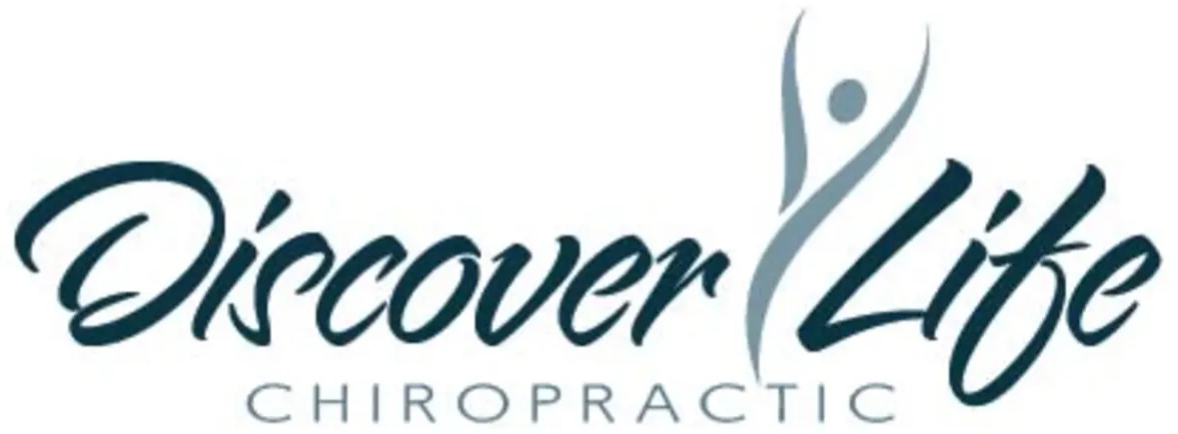Why Whiplash Pain Doesn't Go Away And How Discover Life Chiropractic Finds The Hidden Injuries
7010652767 • August 11, 2025
What just happened? Why am I in the opposite lane of traffic and people are knocking on my window? Slowly you piece together that you were just in an accident. When you get to the hospital, they say it’s just a soft tissue injury and you’ll be fine. Fast forward a few months later and you’re still having headaches, neck pain, lower back pain, difficulty doing your regular job and not to mention lack of good sleep. What do you do now-continue taking medication, just live with it, stretch, try massage?
What Is Whiplash Really?
When you get in the average accident your spine undergoes a massive amount of force. The impact from behind drives the seat forward while your head remains stationary then it whiplashes forward to catch up creating an injury. In the average rearend accident the neck can undergo 120 lbs. of force from the head whipping back and forth. Your ligaments in your spine can fail at 3.5-5g forces which can be easily generated in low impact injuries.
Why Most Whiplash Diagnoses Miss the Real Injury
When you get to the emergency room and you report headaches and neck pain they will do x-rays and a CT scan to assess if anything is fractured. They will give you medication for soft tissue strain and tell you to follow up with your doctor. This is a poor injury work up and as a result many people don’t think their injured and wait for weeks or months to follow up. When you come to Discover Life Chiropractic you will get a full work up, x rays will be sent to Medical Metrix for excessive motion testing for ligament damage. A Dynarom will be performed to measure soft tissue damage and upper cervical instability x- rays will be taken to detect any damage that may mimic a mild TBI. Then a full report is then given, and the proper treatment will ensue giving our patients the best chance for a good outcome. If none of these are performed, how are you going to get the proper care for your “soft tissue injury”?
Common Symptoms of Missed Ligament Injuries
- Chronic neck pain - Cervical radiculopathy - Paresthesia
- Headaches - Migraines - Tinnitus
- Numbness/tingling - TMJ - Visual Disturbances
- Dizziness - Axial pain - Whiplash Associated Disorder
- Brain fog - Cervicocranial syndrome - Balance Difficulty
- Drop attacks - Vertigo - Increased Intracranial Pressure
Our Approach: What Makes Discover Life Chiropractic Different
When you come to Discover Life Chiropractic you will get a full work up, x rays will be sent to Medical Metrix for excessive motion testing for ligament damage. A Dynarom will be performed to measure soft tissue damage and upper cervical instability x- rays will be taken to detect any damage that may mimic a mild TBI. Then a full report is then given, and the proper treatment will ensue giving our patients the best chance for a good outcome. Specific rehabilitative exercises will be recommended to ensure proper soft tissue repair. All care will be guideline driven so we can get consistent results. If none of these are performed, how are you going to get the proper care for your “soft tissue injury”?
How Long After a Crash Should You Get Checked?
Emphasize the importance of early diagnosis but acknowledge that help is possible even months or years later.
The sooner you get your injuries checked the better the outcome. Too many people wait for weeks, months, or never get care and set up chronic neck pain, headaches, or lower back pain scenario. You begin healing 1 second after you get hit and if it isn’t properly guided quickly the scar tissue stiffens the muscles up over time. This is why over 50% of people in a car accident never fully heal and have pain for a lifetime.
What to Do If You’ve Been in a Car Accident
If you have been in an accident, get all the information about the accident, call our office at 253 472-4400 and let us handle the rest. We have over 50 years of experience and have partnered with attorneys and medical professionals that only treat personal injury clients. We can take care of record requests and have built a system of care to give you the best outcome and your attorney the best case possible. Call today we help new and old injuries get better!


Top 5 Natural Migraine Relief Options Recommended by Discover Life Chiropractic Migraines are more than just bad headaches—they’re full-body events that can affect your work, relationships, and overall quality of life. If you’ve been searching for natural ways to get relief without relying on medications, you’re not alone. At Discover Life Chiropractic in Tacoma, we specialize in helping migraine sufferers find long-term relief through targeted, non-invasive techniques that address the root causes—not just the symptoms. Here are the top five natural migraine relief strategies we recommend to our patients: 1. Cervical Spine Adjustments (The Neck-Migraine Connection) Many migraines actually begin in the upper neck. Misalignments in the cervical spine can cause nerve irritation, reduced blood flow, and muscular tension—all of which are common migraine triggers. Our clinic uses upper cervical stress X-rays to detect hidden ligament damage and instability that other providers often miss. With that data, we deliver precise spinal adjustments that restore normal function and relieve pressure where it matters most. 🧠 Fixing the mechanics of the spine often leads to a significant reduction in migraine frequency and severity. 2. Cranial Adjustments for Tension and Flow Cranial bones yes, the ones in your skull, can subtly shift due to birth trauma, car accidents, emotional stress, or chronic tension. This will disrupt normal cerebrospinal fluid flow and contribute to migraine symptoms. We offer the gentle Blye Cranial technique that was developed to improve symmetry and relieve pressure in the head and face. Patients often report clearer thinking, better sleep, and reduced headache intensity after just a few sessions. 3. Targeted Soft Tissue Release Tension in the neck, shoulders, and jaw can act as a constant trigger for migraines. We provide manual therapy and instrument-assisted soft tissue release to relax these problem areas, improve circulation, and reduce inflammation. Bonus: we often teach at-home self-release techniques you can use between visits to stay ahead of flare-ups. 4. Customized Postural and Soft Tissue Strengthening Exercises Poor posture—especially forward head posture from screens—can compress the upper cervical spine and lead to frequent headaches. We design custom rehab exercises to: • Strengthen spinal support muscles • Retrain posture • Stabilize ligament injuries (a major cause of recurring migraines) These exercises help retrain your body to stay aligned and pain-free over the long haul. 5. Lifestyle Coaching We work with patients to identify and minimize common migraine triggers like: • Food sensitivities (e.g., chocolate, wine, dairy) • Dehydration • Sleep irregularities • Environmental stressors Combining chiropractic care with lifestyle education makes your results more consistent and sustainable. A More Complete, Natural Approach to Migraine Relief We know how exhausting it is to feel like you’ve tried everything. That’s why at Discover Life Chiropractic, we go beyond surface-level treatments. We combine advanced diagnostics with a custom natural care plan tailored to your nervous system, your spine, and your symptoms. 📍 Serving Tacoma, WA and surrounding areas, we’re here to help you get real relief—and take your life back from migraines. Call 253 472-4400 today for headache relief tomorrow!



Share On: